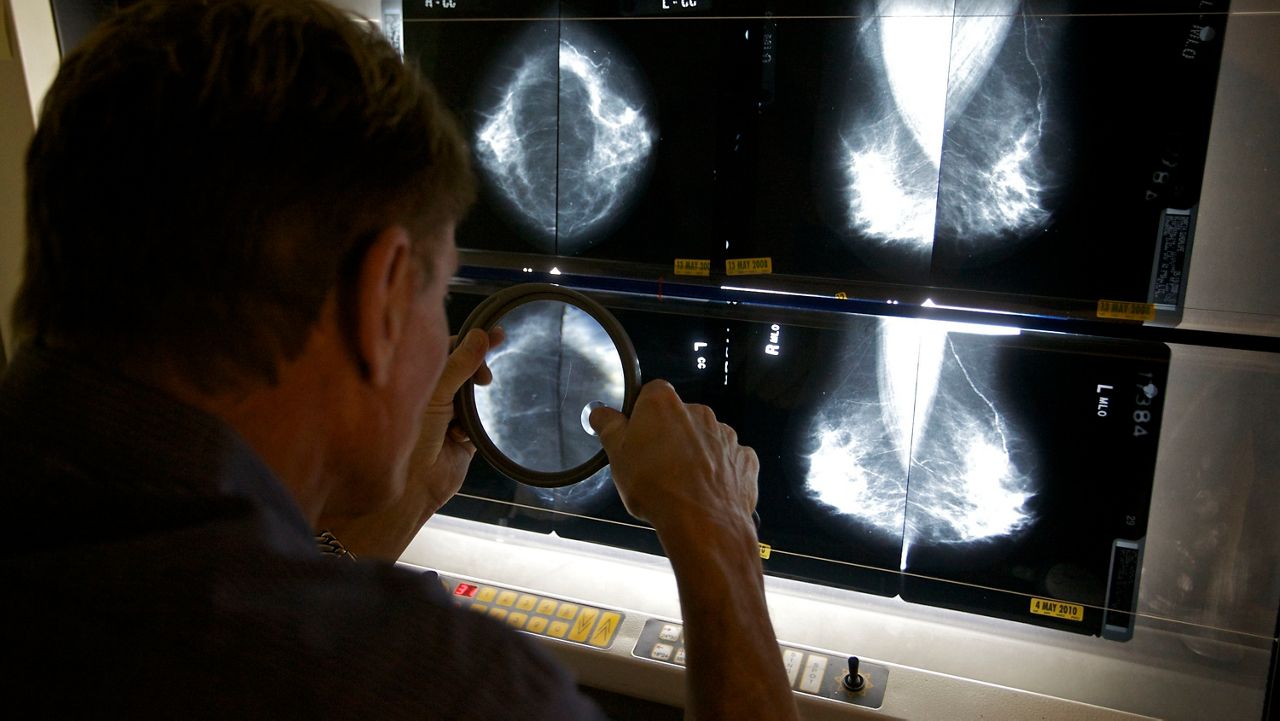One in eight women living in the U.S. will receive a breast cancer diagnosis in their lifetime, according to the National Breast Cancer Foundation. The odds are higher for those with a genetic risk factor.
But a new study found that women living in areas with more air pollution also face an increased risk.
A research team from the National Institutes of Health (NIH) recently discovered a link between higher pollution levels and an increase in breast cancer cases.
The findings were specific to fine particulate matter (PM2.5), a type of air pollutant made of microscopic particles measuring 2.5 micrometers or less in diameter. Such particles are typically combustion byproducts, emitted by vehicles, power plants and other sources of burning, including smoke from wildfires.
About the study
Using sample information from a NIH-AARP cohort study and historical air quality data, NIH researchers from National Institute of Environmental Health Sciences (NIEHS) and the National Cancer Institute (NCI) identified a tie between exposure to higher PM2.5 levels and breast cancer incidence.
Alexandra White, Ph.D., head of the NIEHS Environment and Cancer Epidemiology group and researcher, expresses the reasoning behind the study, stating that, “Although air pollution is an established risk factor for lung cancer, we know much less about the relationship with other cancer types. In particular, our study in the NIH-AARP cohort was aimed at understanding how past exposure to fine particulate matter air pollution, when levels were higher, was related to the risk of going on to develop breast cancer.”
Analyzing data from subjects in six states (including New Jersey, Pennsylvania, North Carolina, Florida, Louisiana and California), and two urban areas, Detroit and Atlanta, scientists monitored particulate pollutant levels, and the women enrolled in the study over the course of 20 years.
During that time, over 15,000 cases of breast cancer were reported.
A radiologist examines mammograms for breast cancer in Los Angeles, California. (AP Photo/Damian Dovarganes, File)
The study found that the increase in breast cancer incidence was as much as 8% more for those living in areas with the most PM2.5. Even though it doesn’t sound like much, the increased odds are still enough to correlate the two.
Even though the study did not exclusively examine the effects on breast cancer survivors and those with an inherited risk, experts in the field weighed in with their thoughts.
“In the Sister Study, we did find some evidence suggesting those with a stronger family history of breast cancer may be more susceptible to air pollution exposure from traffic,” explains Dr. White, who is also involved in the NIH’s Sister Study, another area of research focused on breast cancer.
Emily Tonorezos, MD, MPH, director of the Office Office of Cancer Survivorship, a part of the Division of Cancer Control and Population Sciences at the NCI, shares that despite the limited amount of research surrounding cancer survivors and particulate pollution, “There is not much known about the risk of [cancer] recurrence.”
Unlike other studies of its kind, researchers felt evaluating exposure in the 10-to-15 years before participants enrolled was an important factor. Researchers also measured higher levels of particulate pollution in earlier decades.
According to the Environmental Protection Agency (EPA), PM2.5 concentrations decreased by 42% nationally between 2000 and 2022.
Even though cleaner and more efficient technologies implemented over the years are responsible for the decline, unforeseen circumstances could still cause trends to fluctuate.
Hazy health concerns on the horizon?
According to a Climate Central report, the U.S. saw record high pollution levels from wildfire smoke.
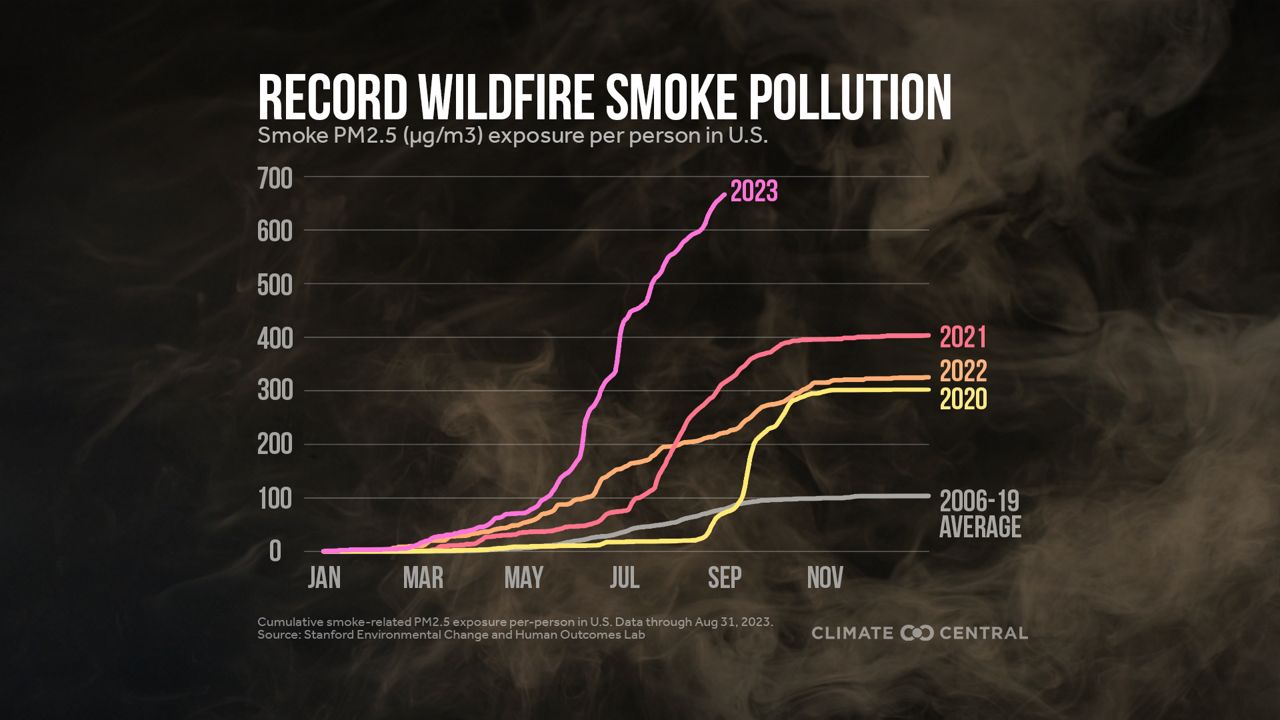
(Climate Central)
Some of the nation’s most densely populated areas became exposed to hazardous air quality levels for several days as near ground-level smoke flowed in from Canada, elevating public health concerns.
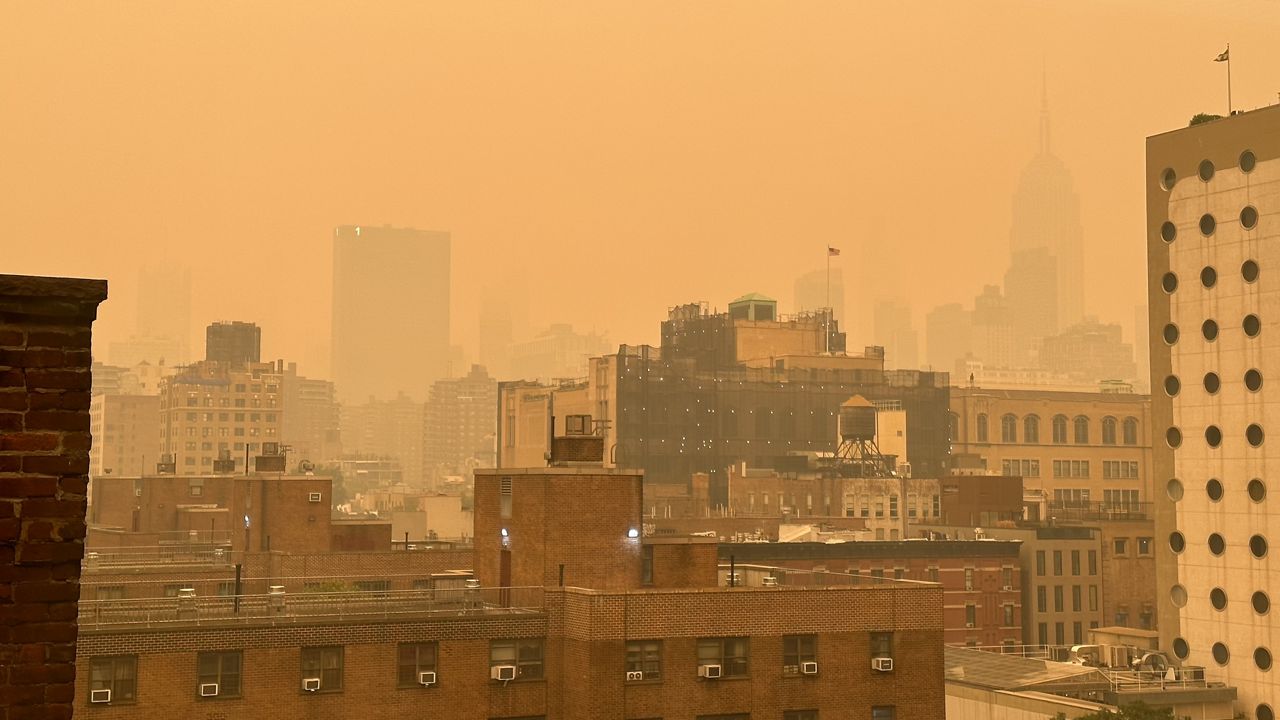
Heavy smoke from wildfires burning in Quebec casts an amber haze over New York City on June 7, 2023. (Spectrum News/Shawnie Caslin-Martucci)
Areas impacted by the smoke reported an uptick in adverse health effects and ER visits as a result. While these short-term effects from smoke are more understood, mapping out the long-term effects, such as cancer development, becomes a bit more hazy, so to speak.
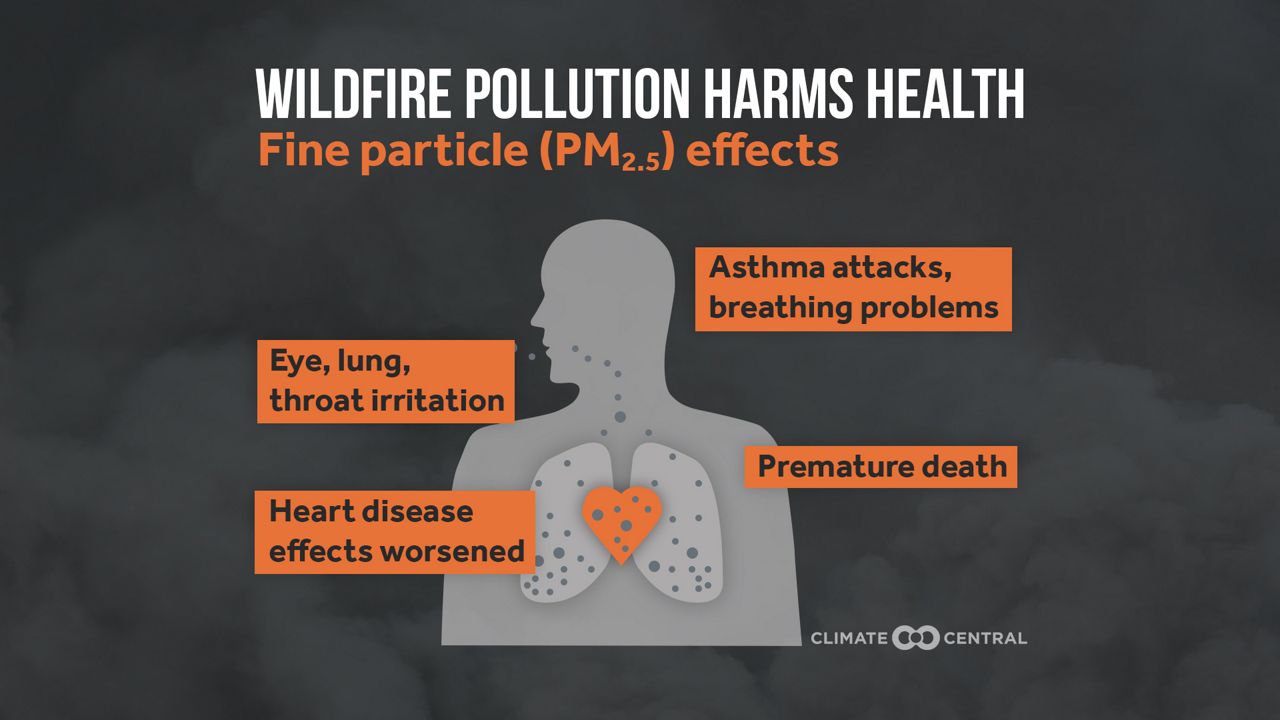
(Climate Central)
“This is an emerging issue of concern and there has not yet been any research focused on how wildfire smoke specifically is related to breast cancer risk, although that is something we plan to consider in the future,” Dr. White clarifies.
Dr. Tonorezos addresses the unknown impacts this year could have on cancer survivors, but mentions that, “these types of events are the focus of two current funding opportunities from NCI.”
What the future holds
The NIH plans to expand their research on the relationship between PM2.5 and breast cancer in the future. They are not only interested in exploring different parts of the country more closely, but will also try to figure out what types of fine particulate pollutants are associated with the greatest risk.
Until then, both Dr. White and Dr. Tonorezos stress the importance of limiting outdoor exposure when air quality levels become unhealthy.
Dr. White recommends, “People who live in areas of higher PM or who are concerned about their exposure levels should monitor their air quality information and may consider using this information to make decisions about time spent outdoors or consider the use of masks.”
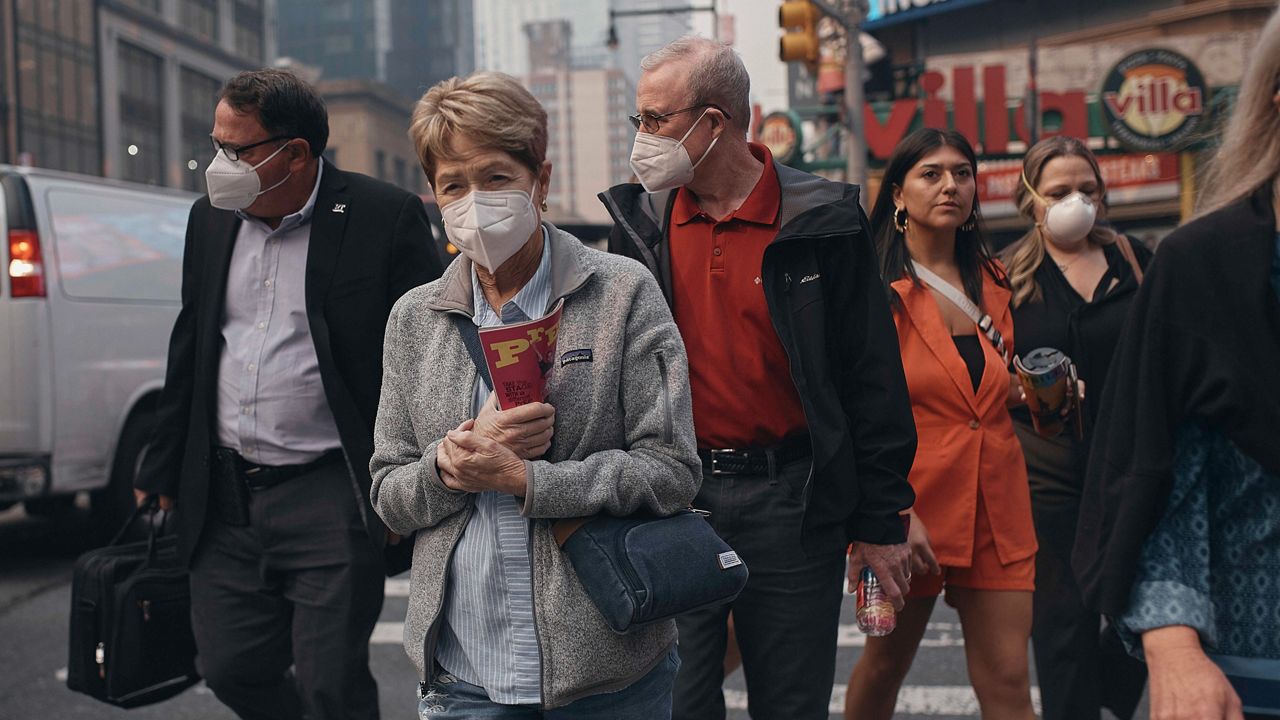
New Yorkers were advised to wear masks as air quality reached hazardous levels on June 7, 2023. (AP Photo/Andres Kudacki)
Those interested in learning more about current or future air quality conditions, including PM2.5 levels, in their area can visit the EPA’s AirNow website.
Our team of meteorologists dives deep into the science of weather and breaks down timely weather data and information. To view more weather and climate stories, check out our weather blogs section.

